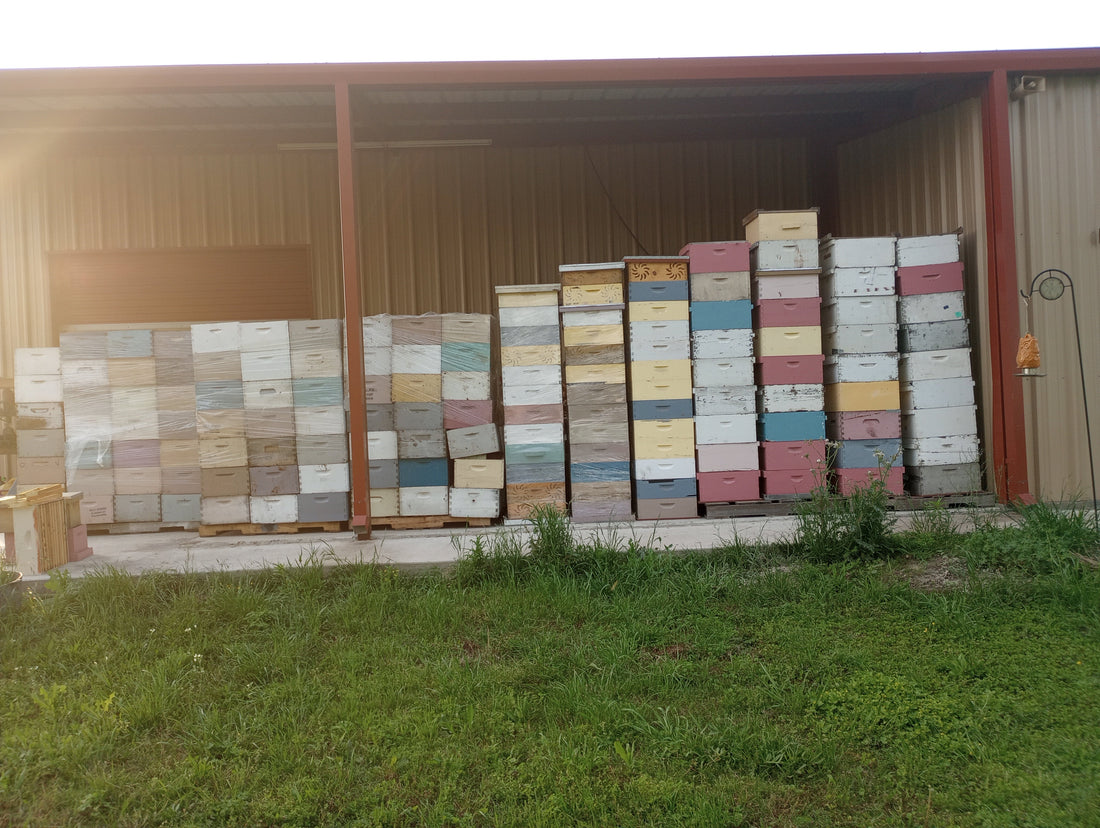
Finding Great Deals on Beekeeping Equipment: How to Save While Supporting Your Hive
Share
Beekeeping is a rewarding and fulfilling hobby, but it can also be quite expensive. From hives and frames to tools and protective gear, the costs of starting or maintaining an apiary can add up quickly. The good news is that there are numerous ways to find great deals on beekeeping equipment if you know where to look and how to stay connected. Whether you're an experienced beekeeper or just starting out, here are some tips on scoring discounts, finding great deals, and even snagging used equipment—all while supporting your hive's health and well-being.
1. Follow Big Box Retailers and Online Marketplaces
Many beekeeping supplies are available at big beekeeping box retailers. These stores often have seasonal sales that you can take advantage of. Make sure to keep an eye on these retailers, especially as spring approaches when they may offer discounts on beekeeping equipment to cater to hobbyists preparing for the busy season.
Sign up for email newsletters and promotions from these retailers. By subscribing to their mailing lists, you can receive exclusive offers, early notifications about sales, and sometimes even coupons or special discounts. Big box stores often have clearance sections, too, where you might find discontinued items or overstocks at a fraction of the price.
Additionally, check out seasonal promotions like “end-of-summer” sales or “Black Friday” deals, which may include beekeeping tools or supplies. With a little patience and planning, you can find some impressive savings at these retailers.
2. Watch for Mailers and Local Promotions
Believe it or not, mailers are still a great way to find deals on beekeeping equipment, especially from local suppliers. Many local beekeeping stores, farm supply shops, or garden centers still send out mail catalogs or flyers featuring discounts, seasonal sales, or even bulk buying offers. While digital promotions are popular, don’t underestimate the power of good old-fashioned mailers in your mailbox.
Keep an eye out for these mailers throughout the year, and particularly during spring when many suppliers will advertise sales on hive kits, frames, and other seasonal equipment. Some local stores may even have loyalty programs that reward repeat customers with additional discounts, so ask about such opportunities when making a purchase.
3. Stay Connected with Your Local Bee Club
Beekeepers thrive in community, and your local bee club can be an invaluable resource when it comes to finding great deals on beekeeping equipment. Many beekeeping clubs host spring sales, swap meets, or group orders that allow members to get discounts on larger equipment purchases. By connecting with fellow beekeepers, you can learn about local sales events, group discounts, or even second-hand equipment available at low prices.
In addition, many bee clubs also have partnerships or relationships with local suppliers, meaning they may offer exclusive discounts or first dibs on sales to their members. Getting involved in your local bee club can also help you stay up-to-date with the latest beekeeping trends, tips, and recommendations, making it easier to find reliable, affordable equipment for your hive.
4. Consider Purchasing Used Equipment
One of the best ways to save money on beekeeping gear is to purchase used equipment. Beekeeping equipment, especially woodenware like hives, frames, and supers, can be expensive when bought new. Buying used equipment can save you a significant amount of money, but it's important to approach with caution.
When purchasing used equipment, buyer beware—be sure to carefully inspect everything before buying. Check for cracks, damage, or signs of wear that could compromise the integrity of the equipment. If you’re buying used woodenware, make sure there’s no sign of rot, excessive staining, or structural weakness.
For used frames and combs, it’s crucial to sanitize them properly. Even if the equipment looks clean, viruses and diseases like Nosema can live in the wax or on the surfaces. Here's how to safely prep used equipment:
-
Scorch the Inside: For woodenware, especially brood boxes or supers, a good method is to scorch the inside with a propane torch. This will help kill any lingering bacteria, viruses, or molds that might be present. This step is essential to ensure that your new hive doesn’t inherit any unwanted health problems.
-
Freeze Used Frames: If you’re buying used frames with drawn comb, freeze them for 48-72 hours before use. Freezing helps kill any viruses, pests, or pathogens that may still be lurking in the comb. This is a quick and effective way to ensure that your used frames are safe for your bees and won’t contribute to spreading diseases.
While buying used equipment can be a great way to save money, always prioritize safety and hygiene to protect your bees' health.
5. Be Proactive and Plan Ahead
Finding great deals on beekeeping equipment often requires being proactive and planning ahead. Keep an eye out for seasonal sales and promotions, but also look for opportunities to buy equipment during off-peak seasons when prices may be lower. For example, many suppliers offer discounts at the end of the summer or fall to clear out inventory before the next season starts.
Another way to save is by buying in bulk. If you know you’ll need multiple hives or frames, see if you can order in bulk to secure a better price. Some beekeeping stores or online retailers offer discounts for bulk purchases, and coordinating with fellow beekeepers to place a joint order could help you all save money.
6. Check for Online Deals and Auctions
Finally, don’t forget to browse online marketplaces such as eBay, Craigslist, or Facebook Marketplace. These platforms often have used equipment being sold by fellow beekeepers who may be upgrading their gear. You can often find great deals on things like hive kits, tools, or protective gear.
Be cautious when buying online, as you can't always inspect the equipment in person before purchase. However, if you do your research and take the necessary precautions (like asking the seller for photos and details), you can find great bargains.
Conclusion:
Finding great deals on beekeeping equipment is possible—you just need to be diligent, proactive, and connected with the beekeeping community. By following big box retailers, signing up for email promotions, watching for mailers, staying connected with your local bee club, and considering used equipment (while ensuring it's sanitized properly), you can save money without compromising on quality.
Remember, beekeeping is all about the health and well-being of your bees, so investing in quality gear at a fair price is a smart strategy for maintaining a thriving hive. By keeping an eye out for deals and staying engaged with your fellow beekeepers, you’ll be able to build a strong, healthy apiary without breaking the bank.
Happy beekeeping, and good luck finding those deals!
